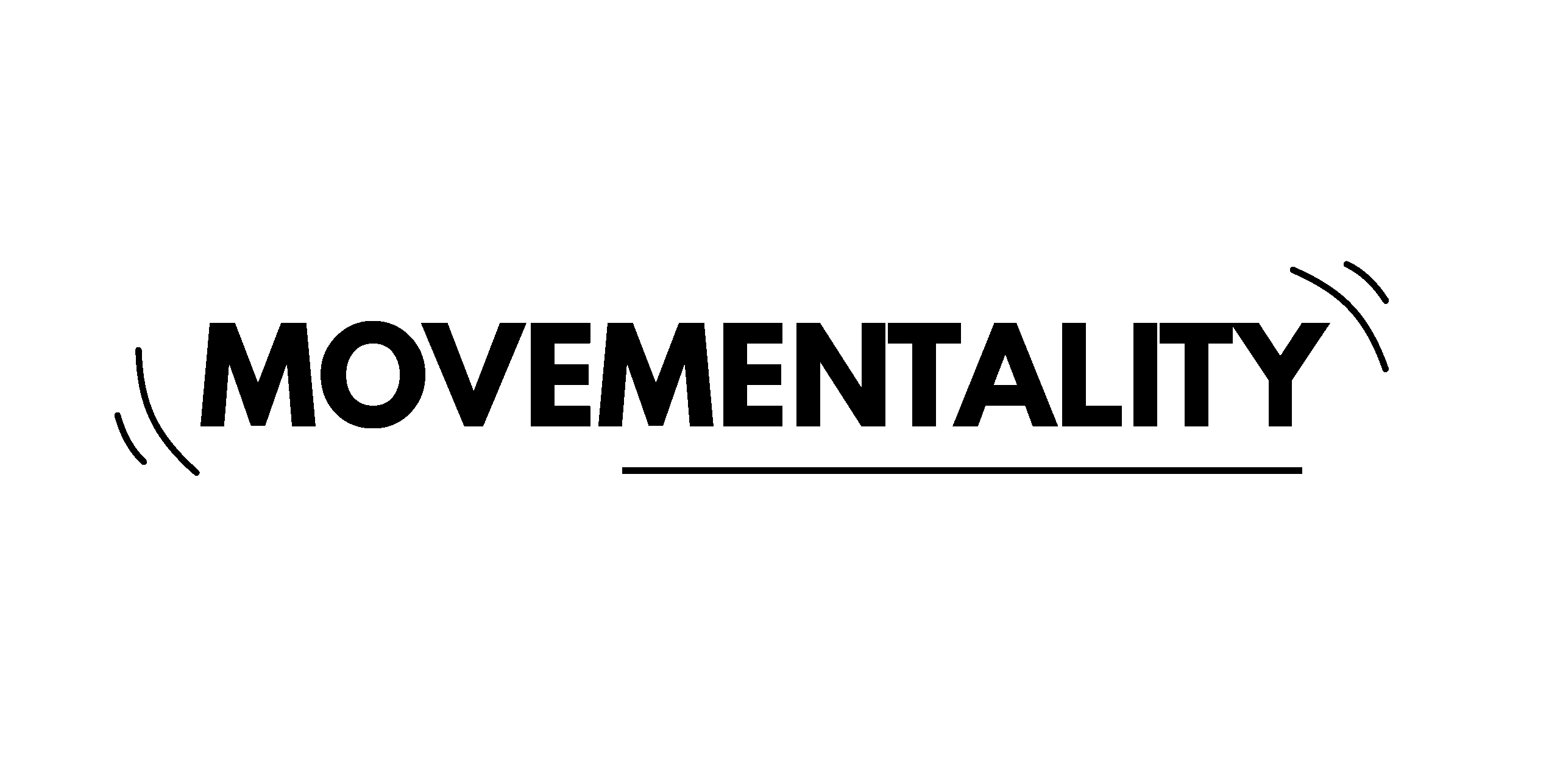Become a Super optimizer!
Register for the Movementality Micro Pause Library today!
- Get full access to over 40 pause videos
- Get full access to the Body Intelligence program, including Dive Deeper, Finding ease for the Lower Back, and Free your Neck, Shoulders, and Upper Back
- Keep your low price even when new videos are released!
Yearly
Pay per year
€99
- Get 7 days free trial with every purchase!
- Sign up for a year and save 33€ now!
Monthly
Pay per month
€11
- Get 7 days free trial with every subscription!
- Get full flexibility with monthly payments.
